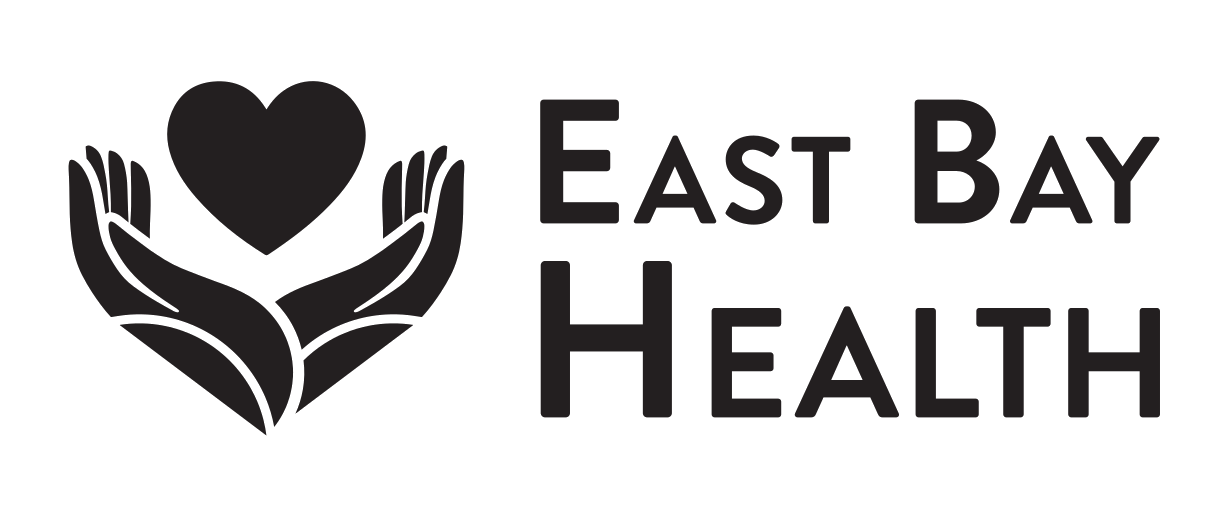Physician Burnout and the Uninsured in California
California has the highest number of primary care health professional shortage areas in the U.S. [1]. One of numerous reasons for this is physician burnout, which is characterized by emotional exhaustion, depersonalization, and a sense of reduced personal accomplishment. Prevalence of physician burnout has been noted to exceed 50% in multiple national studies of practicing physicians and physicians-in-training in the U.S. Physician burnout has vast consequences including decreased quality of patient care, increased costs to the healthcare system, and negative effects on physician health such as increased rates of substance use and mental health problems including a higher risk of suicide compared to the general population [2]. A significant driver of physician burnout is excessive workload–both in terms of patient load (primary care physicians typically see at least twenty patients a day) and clerical burden (one study notes that first year internal medicine resident trainees spent 40% of their time on the computer and 12% on direct patient care [3]). Studies have shown that physician job satisfaction stems from building meaningful relationships with patients which takes time–no wonder burnout is rampant in our current healthcare system.
A potential mitigator of physician burnout that has emerged is Direct Primary Care (DPC) [4,5]. DPC is a relationship-based healthcare model in which patients have access to their physician and specific primary care medical services with a simple and affordable membership fee. Unlike the Concierge care model with which DPC often gets confused, DPC usually does not additionally bill insurance and has a relatively lower membership fee. Without third-party billing and documentation requirements from insurance, DPC physicians can spend more time with patients focusing on addressing their concerns thoroughly which enhances the patient-physician relationship that combats burnout. DPC physicians also have a smaller patient panel and are not paid based on the volume of patients seen, which substantially reduces the number of patients seen in a day. DPC clinics have become increasingly popular in the nation over the last decade but most remain inaccessible to underserved populations such as the uninsured.
Indeed, another significant healthcare challenge in California is the number of uninsured patients [6]. Although the Affordable Care Act (ACA) has decreased the uninsured rate in California from 14% to 6% by 2020, approximately 2.3 million Californians remain uninsured with over 250,000 in Bay Area counties. Additionally, even with the expansion of Medicaid in California under the ACA, barriers (e.g. cost of coverage, limited knowledge of eligibility, complexity of enrollment process, and language barriers [7]) to becoming insured remain. Based on projected estimates by the UCLA Center for Health Policy Research and the UC Berkeley Labor Center, the number of uninsured Californians will be 3.21 million in 2023. Currently, primary care options for uninsured patients include federally qualified health centers (FQHCs), community health clinics, and free clinics[8]. Although these options provide essential medical services for the uninsured, they have a difficult time providing timely visits, easy access, and continuity of care–these are aspects of primary care that DPC clinics can provide, especially for a patient population that frequently has multiple chronic medical problems that need ongoing management.
East Bay Health, a non-profit direct primary care clinic, is an innovative solution to the problems above, aspiring to reduce physician burnout while simultaneously helping the underserved. No other medical practice in the East Bay Area currently offers this model of primary care. Our mission is to have joyful and fulfilled physicians who provide excellent healthcare to empower patients of all ages and socioeconomic statuses in our community. Our core values are the patient-physician relationship and health equity. We believe that good primary care is based on a strong patient-physician relationship built from unhurried visits and direct physician access which fosters trust, clear communication, and shared decision-making, leading to better patient care and greater physician fulfillment. We also believe that good primary care should be accessible to all regardless of insurance, socioeconomic status, or income. Thus, we offer memberships to all members of our community (see what services are covered) and make free memberships available to uninsured/low-income individuals who meet certain criteria.
References:
1. Kaiser Family Foundation. Primary Care Health Professional Shortage Areas (HPSAs). Available at: http://kff.org/other/state-indicator/primary-care-health-professional-shortage-areas-hpsas/. Accessed November 19, 2022.
2. West CP, Dyrbye LN, Shanafelt TD. Physician burnout: contributors, consequences and solutions. J Intern Med. 2018 Jun;283(6):516-529. doi: 10.1111/joim.12752. Epub 2018 Mar 24. PMID: 29505159.
3. Block L, Habicht R, Wu AW, et al. In the wake of the 2003 and 2011 duty hours regulations, how do internal medicine interns spend their time? J Gen Int Med 2013;28:1042-7.
4. American Academy of Family Physicians. Direct Primary Care. Available at: https://www.aafp.org/family-physician/practice-and-career/delivery-payment-models/direct-primary-care.html. Accessed November 19, 2022.
5. American Academy of Family Physicians. Direct Primary Care: An Alternative Practice Model to the Fee-For-Service Framework. American Academy of Family Physicians; 2014. https://www.aafp.org/dam/AAFP/documents/practice_management/payment/DirectPrimaryCare.pdf. Accessed November 19, 2022.
6. Insure the Uninsured Project. Remaining Uninsured in California. https://www.itup.org/wp-content/uploads/2021/12/Final.-ITUP-Snapshot-2021.pdf. Accessed November 19, 2022.
7. Nath JB, Costigan S, Lin F, Vittinghoff E, Hsia RY. Access to Federally Qualified Health Centers and Emergency Department Use Among Uninsured and Medicaid-insured Adults: California, 2005 to 2013. Acad Emerg Med. 2019 Feb;26(2):129-139. doi: 10.1111/acem.13494. Epub 2019 Jan 16. PMID: 30648780; PMCID: PMC6370496.
8. Darnell JS. Free Clinics in the United States: A Nationwide Survey. Arch Intern Med. 2010;170(11):946–953. doi:10.1001/archinternmed.2010.107

